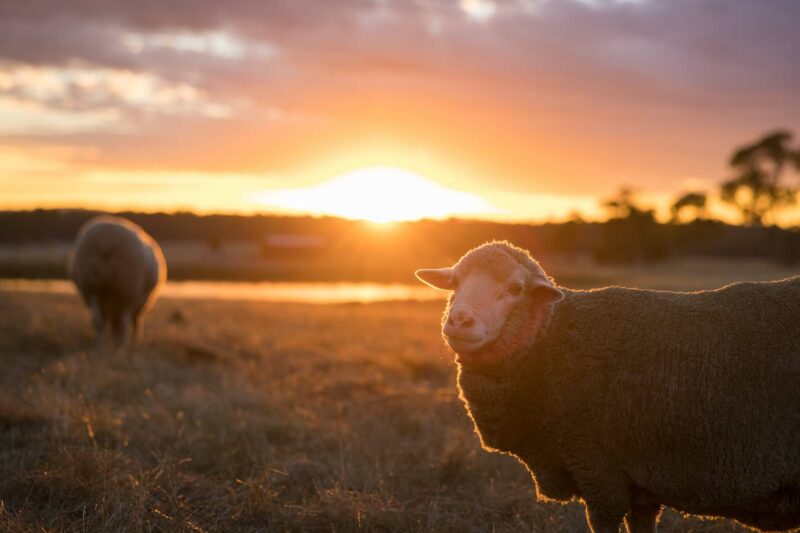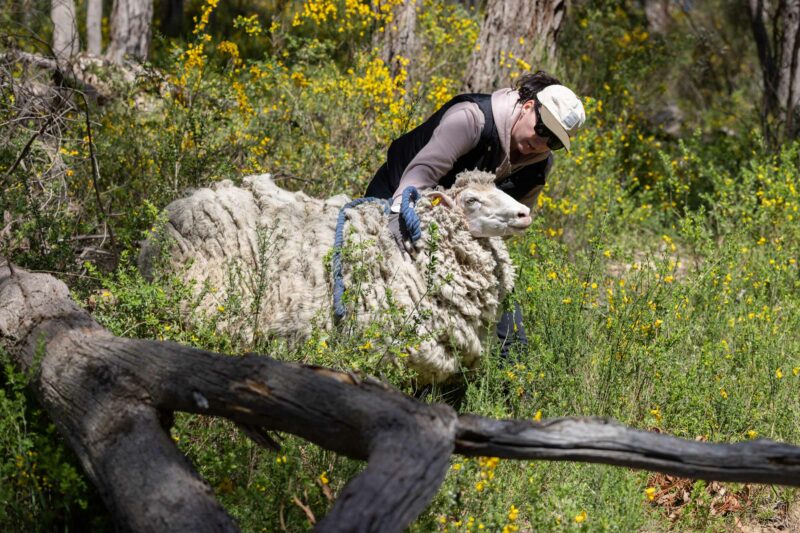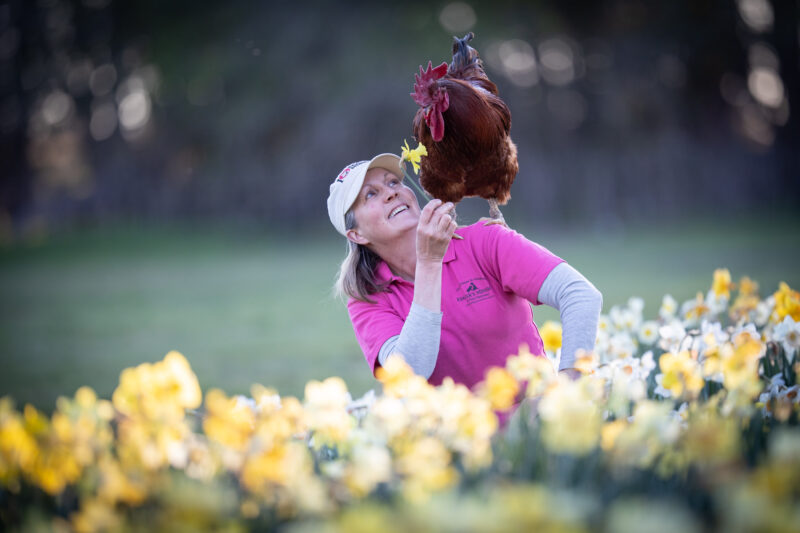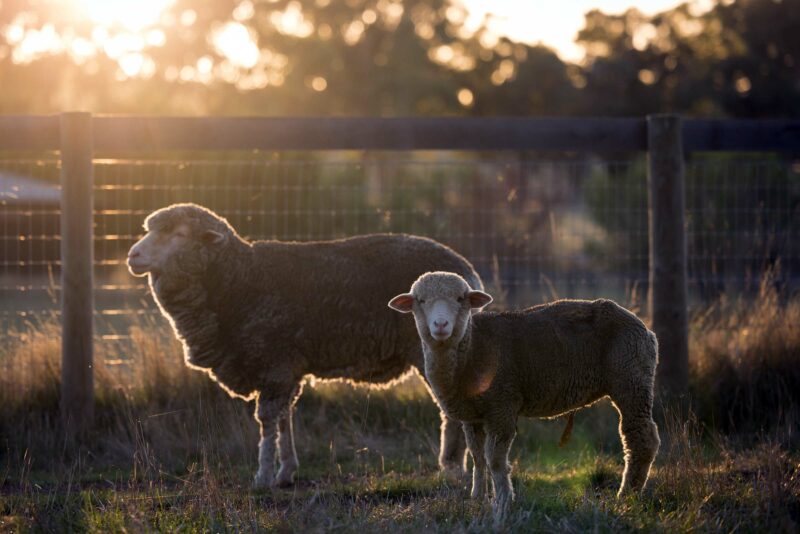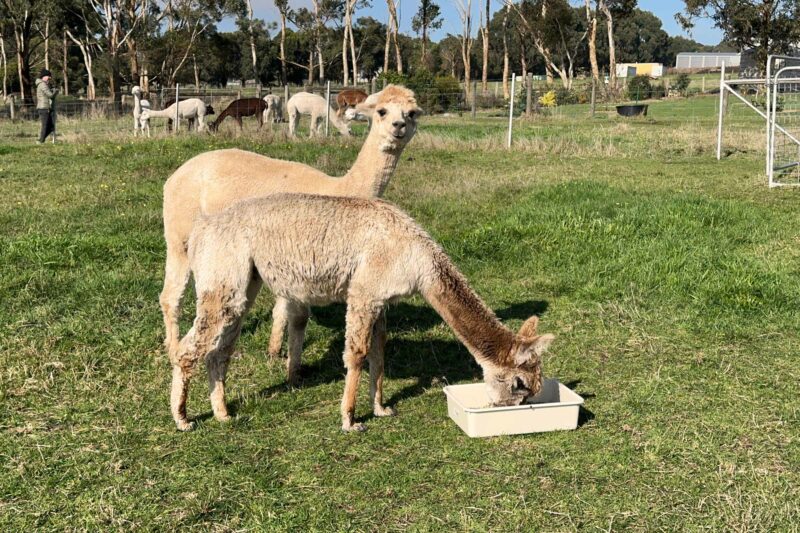
A Pig’s Purpose
“Hey Hamlet, what are you doing?” were the words I casually tossed the way of my buddy, a one-eared large black male pig who purposefully tossed sods of earth this way and that – there was no doubt he knew his business. His strong disc snout ploughed deep into the earth, dutifully taking its lead from three well-developed muscles that link back to just under his eyes; their strong marionet-like sinews can manoeuvre the snout much like a hand. That glorious snout too, possesses an olfactory sense we could only ever dream of attaining, eloquently relaying an entire tome of information about the world around him.
Rooting about, that’s what Hamlet was doing. A behaviour dexterously carried out just as his great ancestor the wild boar (Sus scrofa) would have done over 9000 years ago on a continent far, far from here. Supremely adaptable were his kind to living in habitats ranging from forests, marsh lands, scrub bush and swamps to open grasslands. In fact, little has changed in the behaviour of pigs over the eons, despite domestication and selective breeding. It should be noted, though, that through human intervention for gastronomic desire, our species has altered theirs in some facets of their anatomy and physiology. For example, an extra vertebra has been introduced to some pigs due to it being “an economically important trait that affects carcass length and meat production in pigs”, yet sadly has nothing to do with welfare.
And while Hamlet’s life today affords him every opportunity to satisfy his ancestral urgings – from collecting swathes of grass, reeds and twigs to haul back to his sleeping abode grasped determinedly between his teeth so that he can fashion them into a nest (something “soon to be” mother pigs are biologically driven to go to great lengths and energies to do); to immersing himself in mud to help him cool down, give a much welcomed dermabrasion, and ward off insects and pests, while providing a natural sunscreen at the same time (something hardly needed for a black pig such as he, more so required for the unnaturally pink-coloured pigs of today); to making distinctive little “nuff, nuff” sounds to inform other members of his herd just where he may be, to which they will reciprocate (such sounds have lent themselves to the collective noun for a group of pigs being a “sounder”) – but life wasn’t always grand for Hamlet.
Piercing the ears and heart of a kindly neighbour were Hamlet’s blood-curdling screams some years ago, as pig-hunting dogs, escaping their yard, set to make good their training of bringing down wild boars – Hamlet being the hapless “bait” kept in the yard to keep them keen. Several older wounds on his body and a stumpy tail were a sad legacy of their past victories. With their own safety pushed to the side, and courage pushed to the fore, Hamlet’s saviour stepped in. Bloodied, bleeding and trembling in fear like we had never seen before, Hamlet was soon in our care.
Sadly, for the world’s 677.6 million pigs, there will be no saviour for them, and life remains anything but grand. All these animals will ever know is barren concrete and metal, and all the associated mutilations and deprivations that come with being a farmed pig. Mutilations and deprivations that are perfectly legal, but would most certainly not be were we to change the species to a cat or a dog – animals who have the same emotional needs and capacity for suffering. For the vast majority of pigs, the only time they will feel the sunshine on their backs, the wind in their face and fresh air through their nostrils will be on the last day of their impoverished lives as they are trucked to slaughter. The sole purpose of these animals has been to be “grown” for human consumption; their market-driven world is measured in productivity, back fat and litter size, sterile terms that strip the animals of their individuality and our hearts of compassion.
So beguiled has society become to view pigs as dirty and unclean, gluttonous and stupid, that referring to someone as a “pig” or “swine” hurls an insult beyond measure – but only if your encounters with pigs is via your plate and not via a sanctuary. It has indeed given a degree of societal comfort in viewing pigs as protein and not as the personable individuals who, as Lyall Watson so perfectly describes, are animals who “get a kick out of just being”. In fact, in an age far wiser than this, to be described as a pig will be a great honour and accolade one could only aspire to.
And you will quickly realise they are gregarious, fun-loving beings, whose smarts indeed justified George Orwell making them the leaders of the farm. Pigs are so astute at taking their cues from humans that the tale of “Clever Hans” could well be about a pig and not a horse. But sadly it is their smarts that can get them into trouble, from escaping “secure” enclosures, making them somewhat “challenging” to herd and less easily dominated by man compared to other domesticated animals, to being the defiant, elusive, resourceful and resolute “feral” animals (although we prefer to call them animals out of place) that indeed cause untold damage to fragile soils and eco-systems. And it is these “smarts”, too, that lead pigs to suffer terribly on factory farms the world over. It is indeed in these places of despair, places where kindness has never dwelled, that pigs suffer most.
So just what is a “pig’s purpose?” I muse, as the sun sets and I watch my friend Hamlet just one last time for the day, as he pauses briefly, looks skyward ponderously, sniffs the air thoughtfully, then recommences his task at hoof. And therein is the answer: a pig’s purpose is to be a pig, to live life in the moment, to have fun, glorious fun and not be someone’s dinner. In walking back to the barn, having shared such a beautiful and unintrusive moment with Hamlet, I reflect that, as beings of great power and compassion as we humans are, it should be our purpose to let them.
That’ll do pig, that’ll do…
Notes: extra vertebra – Fan Y et al. ‘A further look at porcine chromosome 7 reveals VRTN variants associated with vertebral number in Chinese and Western pigs’ doi: 10.1371/journal.pone.0062534; pink colouring – most pigs today have little hair covering their pink bodies because of human desire for white flesh, devoid of the natural porcine bristles that provided pigs with great protection from the elements; 677.6 million pigs www.statista.com January 2020; Clever Hans – a horse who lived in Berlin in the early 20th century, who was originally celebrated for great powers of intelligence, however, it was found that Hans was clever in other ways, in that he took his answers from the cues of his handler.


